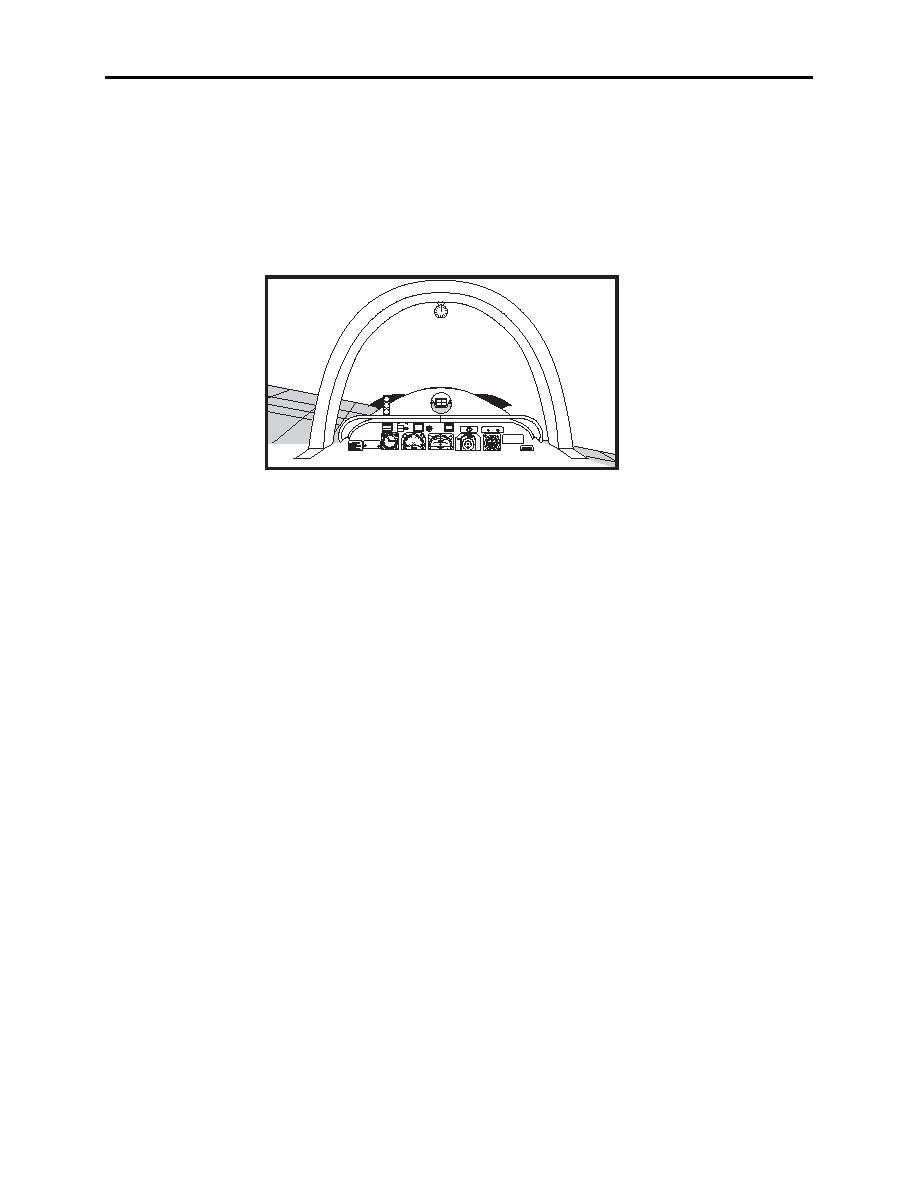 |
|||
|
|
|||
|
|
|||
| ||||||||||
|
|  T-34C CONTACT
CHAPTER SIX
e.
When comfortably established, smoothly roll into 30 angle of bank, simulating an
approach turn. (Turn in same direction as last 90 of clearing turn.)
f.
When comfortably established, raise the nose, placing the lower exhaust stack on the
horizon (12-15 on the attitude gyro) and simultaneously reduce power to 200 ftlbs.
of torque. Increase backstick pressure as the airspeed decays.
g.
Hold this attitude until the aircraft stalls.
3
N
6
INBOARD
GEARDOOR
MASTER
TERE
SYS
WHEELS
LHOPEN
FIRE
ANT
CAUTION
RADIO
VHF
REC
VOR
ACAN
RHOPEN
UHF
VHF
OFF
ON
TEST
O
CAUTION
K
F
400 4060
F
FUELFLOWINDICATIONAND
20
STANDBYCOMPASSERRATIC
350
80
WHENIGNITIONOPERATING
KNOTS
BUNO
0
300
100
160265
10
250
150
Figure 6-7 ATS Entry Attitude
h.
Recover:
i.
Relax backstick pressure slightly to decrease the angle of attack (nose no lower
than horizon bisecting windscreen).
ii.
Simultaneously, Roll wings level PCL full forward and add right rudder as
necessary to counter torque. (Do NOT cycle rudders in an attempt to maintain
balanced flight.)
iii.
Wings level - raise the nose to positive climbing attitude; cowl seam just above
the horizon, so as to stop loss of altitude. Check that the ball is centered.
iv.
Maintain nose attitude and ensure the aircraft is climbing. When the airspeed
stops accelerating, slightly lower the nose and continue the acceleration to 90
KIAS. Retrim.
vi.
Once established at 90 KIAS, reduce power to 1015 ft-lbs.
vii. Level off at the next 500-foot interval.
viii. Maintain 90 KIAS (approximately 600 ft-lbs.) and level flight. Retrim.
ix.
Return to normal/fast cruise when directed by your instructor, utilizing max
allowable power. Turn landing lights and autoignition off.
FLIGHT PROCEDURES 6-27
|
|
Privacy Statement - Press Release - Copyright Information. - Contact Us |